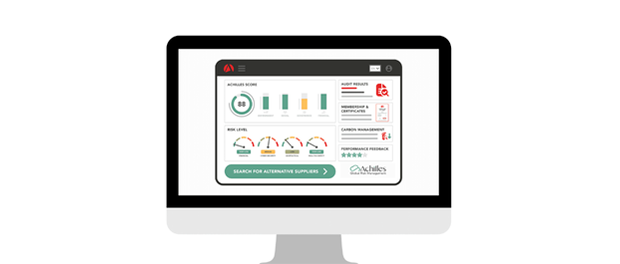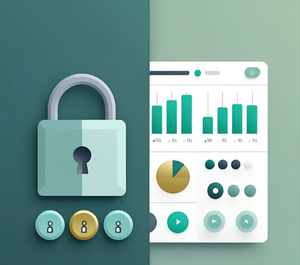Why Construction Risk Requires a Connected Approach

In 2025, construction leaders are facing a growing dilemma. On the one hand, risk and compliance demands are rising fast, with increasing scrutiny around health and safety, modern slavery, ESG, and financial stability. On the other, most organisations still rely on fragmented tools and siloed teams to manage it all.
Disconnected systems make it hard to get a full picture of supplier performance. Information lives in spreadsheets or isolated software, audits are duplicated across regions, and procurement, HSEQ and sustainability teams often operate from different datasets entirely. In this environment gaps are inevitable.
For large construction firms managing dozens of subcontractors and supply chain partners across multiple projects, this fragmentation becomes a serious operational risk.
That’s why more UK construction organisations are adopting connected, ecosystems.
Introduction the Achilles Solution
Built around the needs of large construction buyers, Achilles helps organisations consolidate risk and compliance management into a single platform, covering supplier onboarding, audit performance, health and safety, ESG credentials, financial risk, and more.
Rather than patching together multiple systems or relying on manual processes, Achilles gives you access to a centralised platform that enables:
- Real-time supplier risk monitoring across all tiers
- Standardised, CAS-aligned audit frameworks
- Shared access to verified supplier data across departments
- Integration of financial, ethical, carbon and safety insights in one view
- Reduction in duplicated supplier assessments and fatigue
Whether you’re preparing for a new contract, responding to stakeholder scrutiny, or building a long-term compliance strategy, the ability to see your full risk profile and act on it is now a competitive advantage.
Achilles supports that journey with more than 30 years of experience in supply chain assurance, working with the UK’s largest infrastructure buyers to improve performance, reduce duplication, and build lasting resilience.
If your team is still navigating risk through disconnected systems, it’s time to move to something more connected, scalable, and intelligent.



